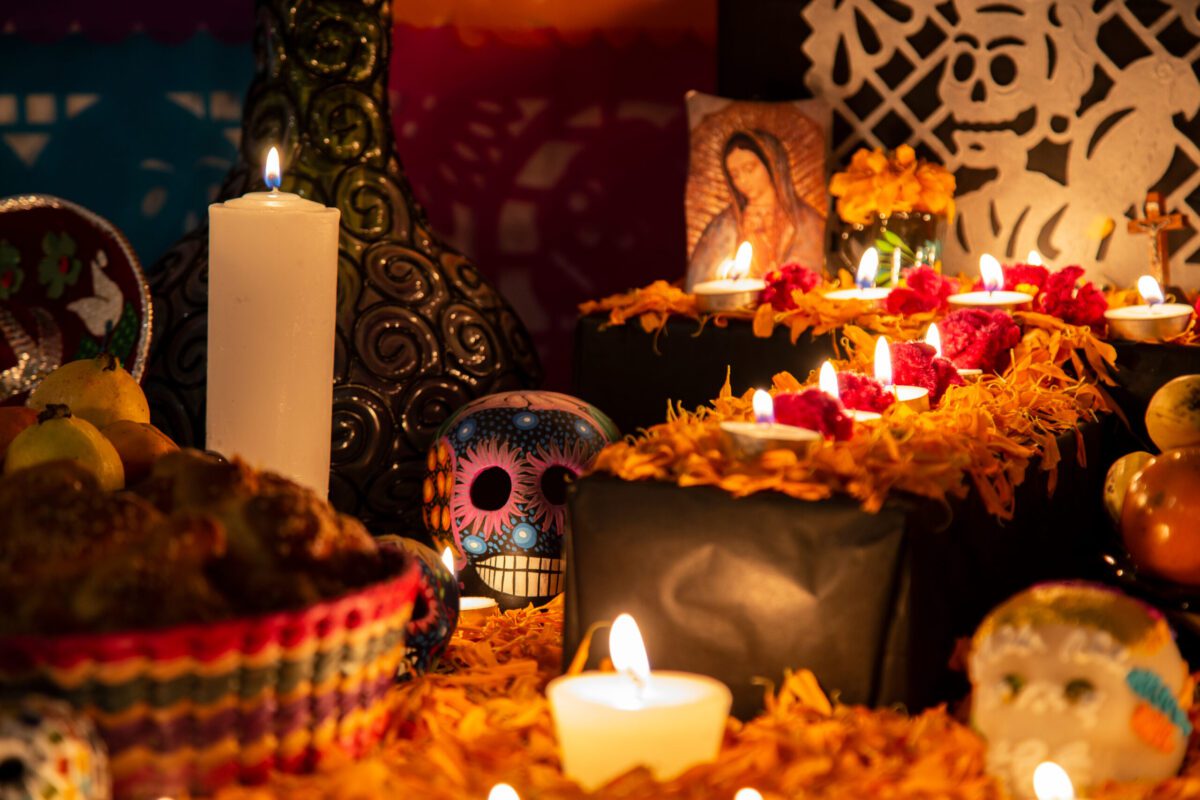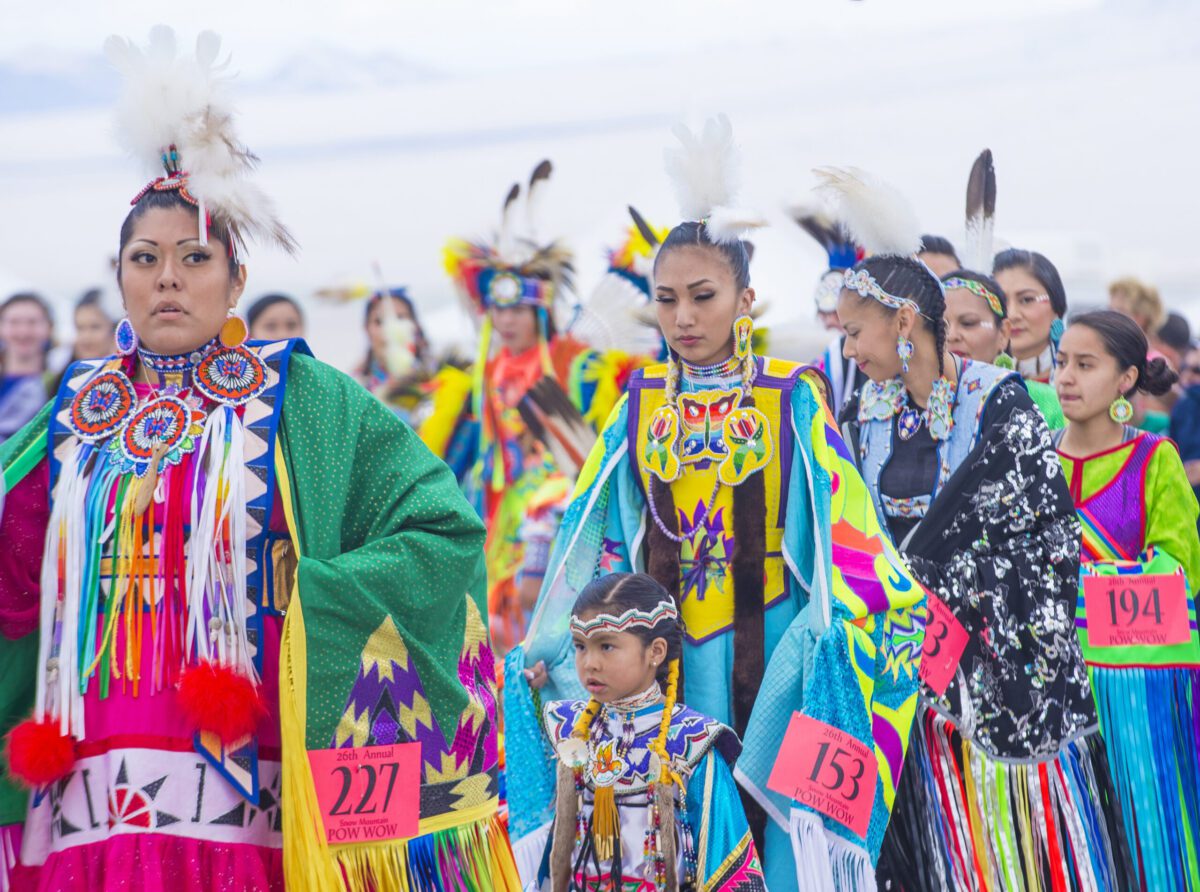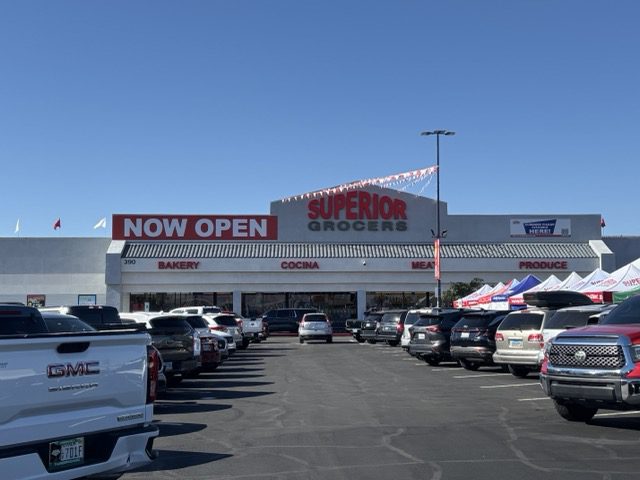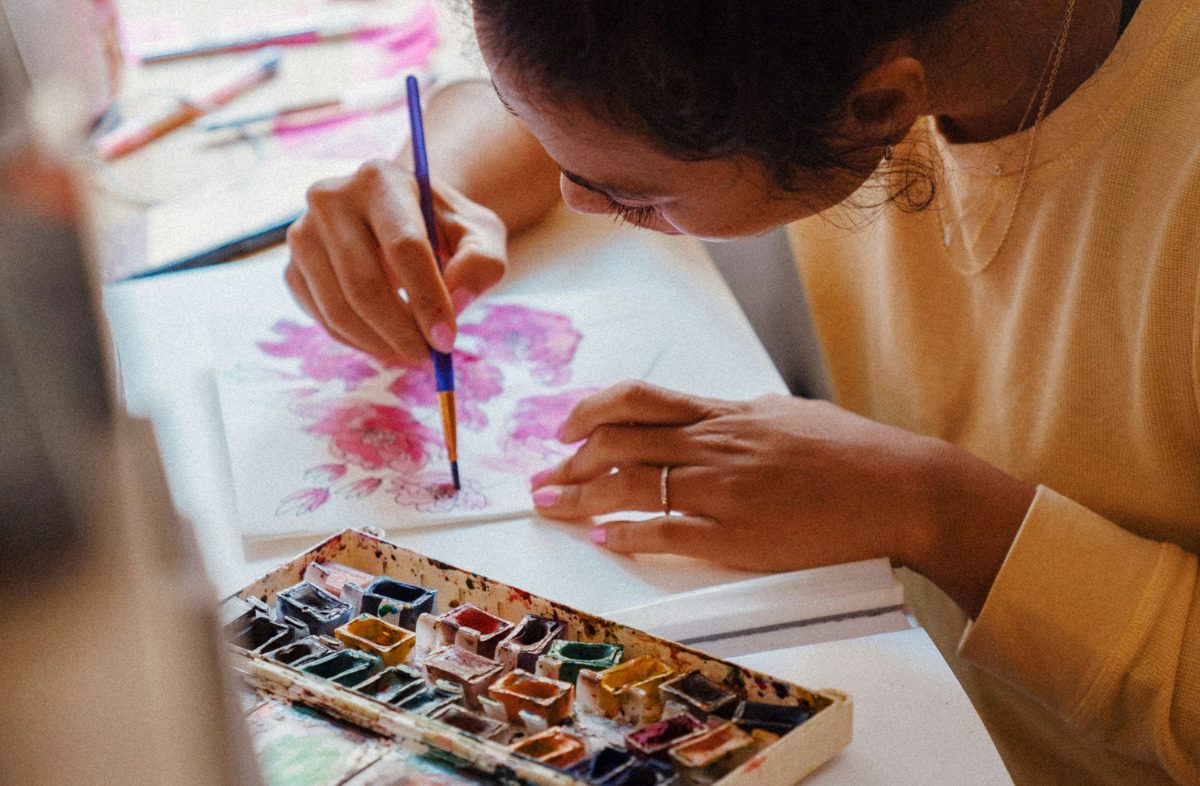
Written by Jessica Kutz
Originally published by The 19th
As another election nears, the U.S.-Mexico border, and by extension, the topic of immigration has again captured the imagination of Americans. In campaign rhetoric pushed by both parties, the border is akin to a war zone, and immigrants have once again been cast as the invaders.
But Latinx artists and storytellers are creating their own narratives about the border as a vibrant and rich landscape. Where the migration of species in search of food and water is not dissimilar from the need for humans to migrate in search of safety. Where a heavily militarized part of the country can be recast as a feminine and beautiful space. And where immigrants are working to protect their communities from the climate crisis and environmental destruction, to help save the planet we all inhabit.
We’re highlighting four of these creators:
Favianna Rodriguez, multimedia artist and activist
Favianna Rodriguez is perhaps most famous for her Migration is Beautiful images that depict a monarch butterfly with two human faces embedded in its wings. After learning that Mexico, the United States and Canada had entered into an agreement to protect the butterfly across the three countries due to habitat loss and species decline, she saw an opportunity to draw a parallel.
Many immigrants from Mexico embark on a similar route as the butterflies. The two migrations were intertwined in her mind, and Rodriguez saw her work as a way to communicate that: “The beauty of it is that it’s so useful to help people see that that is the natural order of the universe, right? Nature does not have borders, and we all move,” she said. “We have to create safety corridors for all of life — for humans.”
She debuted the work with UndocuBus, a 1970s-era tour bus full of undocumented activists that traveled to the Democratic National Convention in Charlotte, N.C., in 2012 to draw attention to immigrants rights. The outside of the bus was emblazoned with butterflies, and they quickly became a symbol of the immigrant rights movement, with activist groups all over the country using them in their campaigns and marches. “Using nature-based symbols is such a powerful way to help people think differently,” she said. “When you understand the journey of this butterfly, it is so easy to connect the dots.”

(Dominic De Luna)
Last year, she installed a new art work in Tucson titled, “Desert Symphony.” She drew inspiration from the ecology of the Sonoran desert, the landscape that the border wall was built through in Arizona under former President Donald Trump.
She created a series of colorful mixed-media collages depicting various animals that live and move across the landscape where the wall has had a significant impact on species that migrate, like the jaguar, and pasted them in front of the University of Arizona Poetry Center. It was her way to communicate to the public that the desert isn’t some barren wasteland devoid of life, but “a vibrant ecosystem that must be protected,” she said.
Similar to her monarch, it was a piece that aimed to communicate the interconnected fights at the border — the threats posed to humans but also the flora and fauna of the region. “I think that the power of art is that it can be intersectional.” she said. “It’s about all the narratives that intersect with each other. And Arizona is a place where all of these fights are happening.”
Rodriguez, who is based in Oakland, Calif., currently runs the Center for Cultural Power, a national arts organization that grew out of her work with immigration activists in Arizona in 2010.
Jenea Sanchez and Gabriela Muñoz, a feminist border arts collective

(Fronterixz Collective)
In one of their most recent projects, Living Altar, Jenea Sanchez and Gabriela Muñoz’s Fronterixz Collective collaborated with artist Ammi Robles on a series of photographs taken in the borderlands of Arizona. In the images, their bodies appear to be part of the desert itself, shoulders adorned with nopal cactus needles, their skin with embellishments that resemble armor made with acrylic and breast milk. It’s a way for Sanchez and Muñoz, who both live in Arizona but who are from either side of the border, to celebrate their bodies.
“These Brown bodies deserve to be treated well and venerated,” said Muñoz, who is from Chihuahua, Mexico. But the pieces also evoke a sense of protection and safety to the wearer of the adornments. Sanchez added,“Those spikes are no joke.”
It’s a continuation of work they’ve collaborated on since meeting in an MFA programl over a decade ago, work that honors the women and femme people who live and labor in the borderlands, and are important pillars in their communities and families.
“We’re feminizing the border,” said Sanchez, who grew up in Douglas, Arizona, a border town. “It’s just showing that we’re comfortable in our own skin, at least for me personally, in a landscape that is politicized and used as political fodder.”
When they were making the series, they organized a mini-residency out in the desert, to pose for the photographs amid the nopales. But when two men wearing guns in holsters appeared out of nowhere, they were reminded just how fragile the ability to take up space can be in the heavily militarized landscape.
“In those [artistic] spaces I am in, I feel so free and self possessed and powerful, and it shattered when we saw these two gentlemen just walking down this little rural road towards us in the middle of the desert,” Muñoz said.
The men were just coming to offer help, it turned out, but to Muñoz it felt like the policing of the border had extended to their bodies. “What was it about the three of us out in that space that made these two gentlemen think, ‘Oh, they must need help,’” she said. “It’s because we don’t belong there, right? Something must be wrong. So let me check it out, because I’m the arbiter of that space. I can tell what’s right and what’s wrong.”
They hope that their art collective can challenge that power dynamic. “I think in so many ways there is a feminizing of the border, but there’s also a feminizing of the desert space,” Muñoz said.
Pita Juarez, storyteller and documentary filmmaker

(Courtesy of Pita Juarez)
For a recent video she’s shooting about electricity rate hikes in Arizona, Pita Juarez interviewed a woman from El Salvador she met at a town hall who told Juarez how she saves money on her electricity bills in the summer. She relies on a swamp cooler, a form of evaporative cooling that needs less electricity than an AC unit, and she cooks outside to avoid adding extra heat indoors.
She was at the town hall to learn about how the rate hike might impact her, despite her attempts to save money. She’s the type of person Juarez tries to focus on for her storytelling work about the climate crisis for advocacy organizations like The Sunrise Project.
“[It’s the] people who are educating themselves, not because they’re environmentalists, but just because they’re trying to survive,” she said. “And they’re seeing the effects of the heat. And they’re seeing the effects on their economy, and the bills they are paying.”
Juarez, who is from Guatemala and grew up in Phoenix, also makes documentaries that focus on Latinx people’s connection to nature and the outdoors. She’s made films about a Phoenix-based climate organizer and his journey to citizenship, as well as the efforts of undocumented moms to fight for electric school buses and clean air for their children.
Currently, she’s working on a project about a friend who immigrated to the United States at the age of 8 and was undocumented before becoming a recipient of the Deferred Action for Childhood Arrivals Program (DACA) that allowed people brought to the country as children to live without the threat of deportation. The project is about her immigration story, but also her journey to visit over 30 national parks, something she could not do when she was undocumented.
“Imagine living in such a beautiful state, living with such fear, and that’s what these very complicated immigration laws and policies do,” Juarez said. “They’re even keeping us away from things that belong to all of us, which are our national parks.”
It’s stories like these that she hopes will become a larger part of environmental filmmaking. “I hope to see in the future that we can have more BIPOC and Indigenous peoples making these films, because it is our own communities’ stories we are telling a lot of the time.”
READ MORE: Post-breakup activities to do by yourself or with friends in Las Vegas
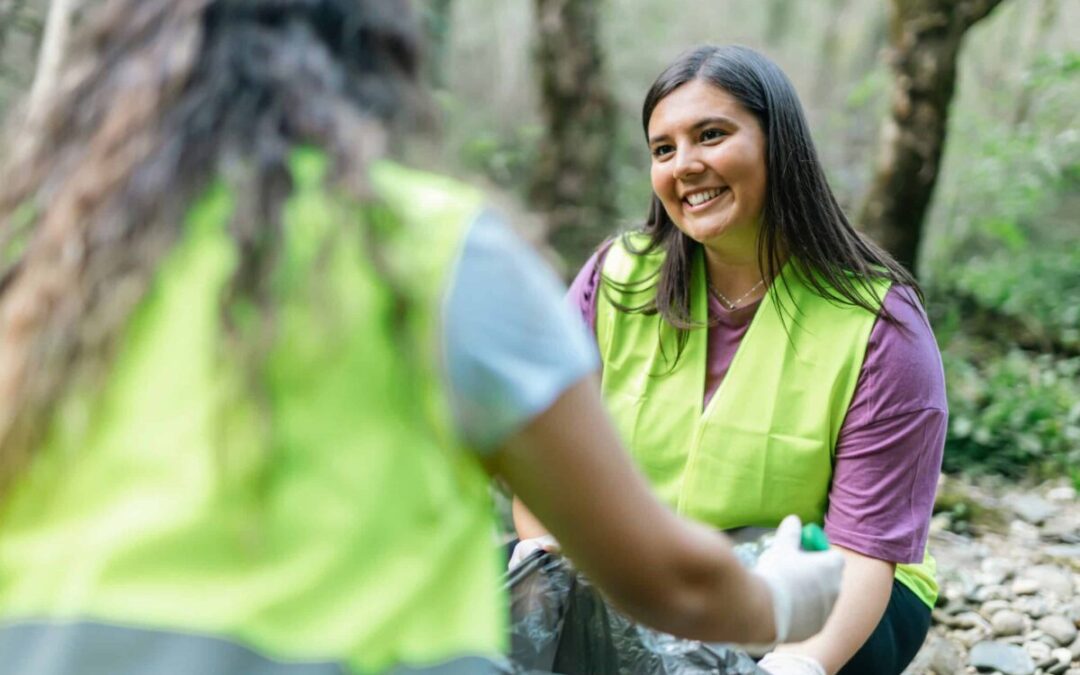
10 unique Nevada nonprofits in need of volunteers
Volunteer your time to one of these 10 Nevada nonprofits this holiday season and all year-round to help make a difference in your community. Nevada...
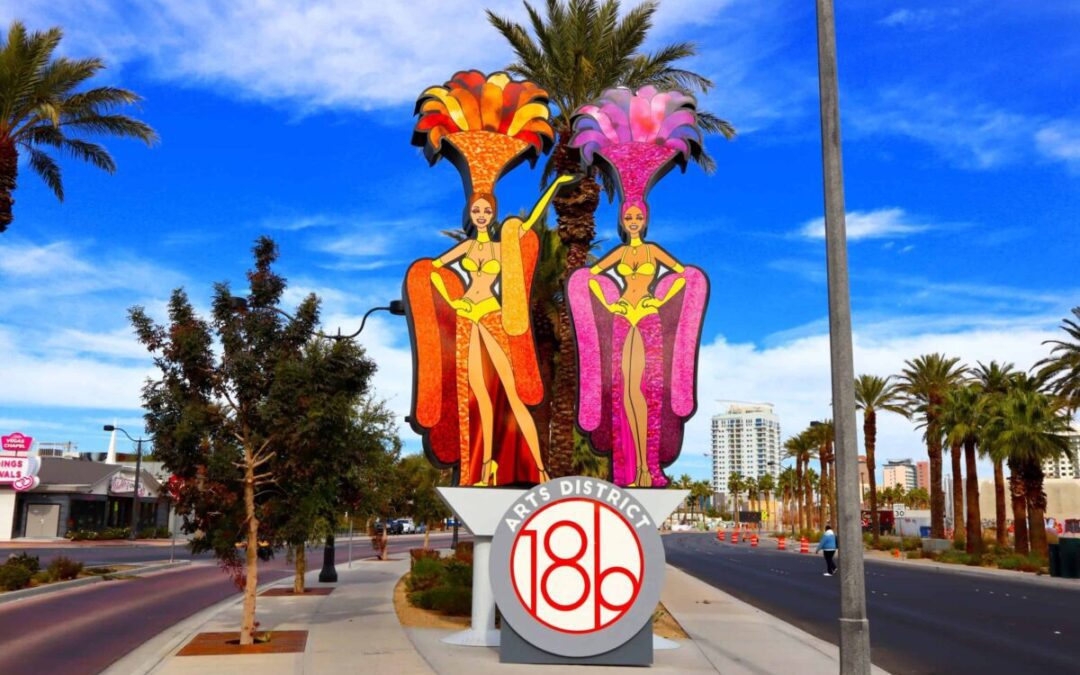
Las Vegas Arts District: How it became the booming hub it is today
Named Sin City’s “most exciting neighborhood” by CNN, the Las Vegas Arts District has grown from a simple idea into a major attraction for locals....

Nevada Day 2025: What’s closed and when the parade begins
By Carly Sauvageau, Reno Gazette Journal In a rare occurrence, Nevada Day observed lands on the same day as the state’s actual 161st birthday. On...
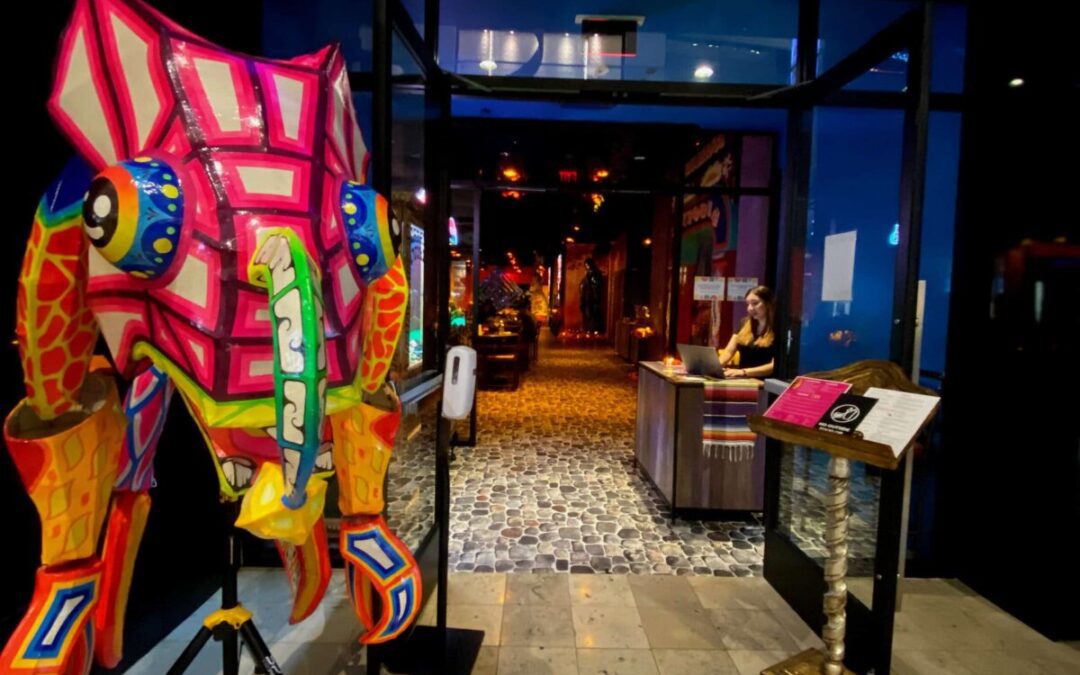
Colors of Mexico & other Día de los Muertos events in Las Vegas
Make sure to put Colors of Mexico on your list of the best Día de los Muertos events in Las Vegas. It’s like going on vacation in Mexico. You may...

Masks, drama, & aerial stunts: Your guide to Lucha Libre in Las Vegas
Experience the high-flying fun of lucha libre during a masked match between good and evil in Las Vegas. In August, World Wrestling Entertainment...
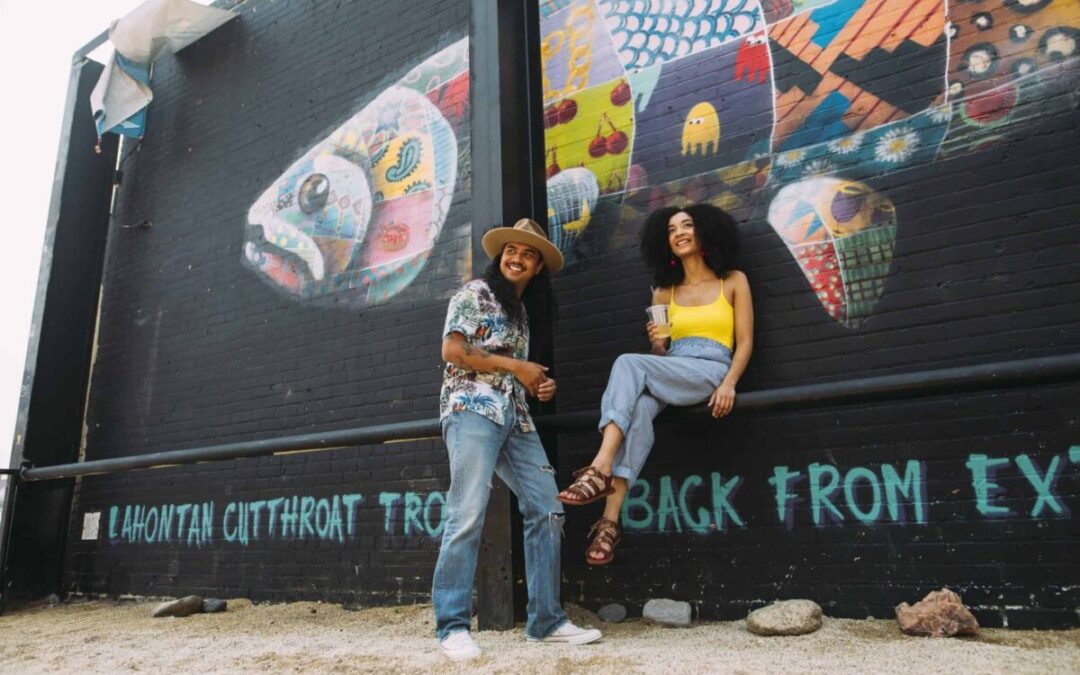
12 murals and public art pieces to admire in Reno
Wherever you go in Reno, be sure to check out the more than 100 murals and public art pieces decorating the city’s walls and streets. From Downtown...


